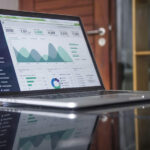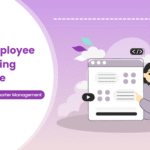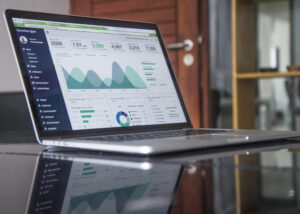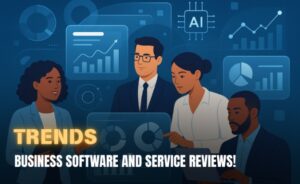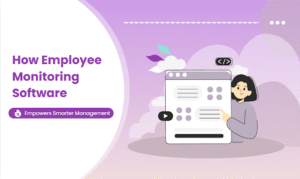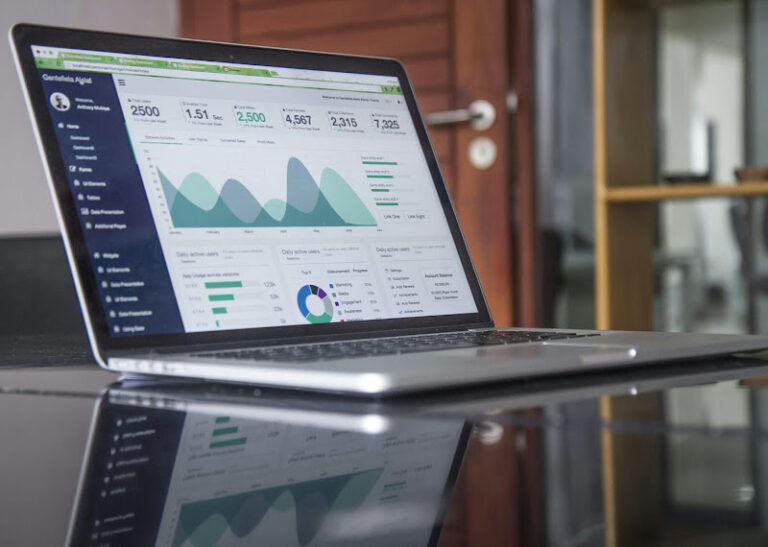There was a time when productivity was measured by presence—if someone showed up and stayed late, they were assumed to be working hard. However, as work environments have shifted and operations have become more dispersed, many organizations have realized the limits of relying solely on physical visibility. The bigger challenge isn’t whether someone is at their desk; it’s whether they’re contributing in ways that matter. That’s where employee monitoring software is quietly making its case.
This isn’t about surveillance or micromanagement—it’s about gaining clarity across teams, tasks, and timelines. And as more organizations experience growing pains in coordination and output, especially with hybrid models and field operations, the demand for better insight into workforce behavior is gaining serious momentum.
The Shift From Timekeeping To Intelligence
For decades, the default approach to productivity tracking was punching in and out. Basic time tracking tools were enough for payroll, but they never told the full story of how employees spent their day, what was slowing them down, or how their efforts aligned with business goals.
Today, employee monitoring software does more than log hours. It connects the dots between time, activity, and output. It answers questions like:
- Are employees engaged during peak business hours?
- What tools or platforms consume the most attention?
- Are certain workflows or departments under strain?
- Where are teams excelling and why?
Solving Real Operational Friction
Many companies unknowingly bleed productivity in areas they never audit—repetitive manual tasks, poor handoffs, unclear accountability, and even simple distractions. These gaps often go unnoticed until they start costing time, money, or customers.
Employee monitoring software helps organizations identify where those friction points live.
Imagine a logistics business with multiple field agents and warehouse staff. Orders get delayed, but there’s no clear trail showing where things go wrong. Traditional timekeeping won’t help here. But with monitoring tools in place, managers can see if drivers are taking longer routes, if warehouse teams are waiting on approvals, or if time is lost switching between systems.
A Tool for Building Trust Through Transparency
One of the biggest misconceptions about employee monitoring software is that it erodes trust. The reality is often the opposite—when implemented transparently, it actually strengthens relationships between managers and their teams.
Employees are more likely to trust leadership when expectations are clear and accountability is shared. Monitoring software creates a neutral baseline for performance, free from bias or guesswork. Instead of relying on subjective assessments, teams can align around data and outcomes..
Navigating Compliance and Responsibility
In industries like finance, healthcare, or customer service, employee monitoring isn’t just helpful—it’s a compliance necessity. Tracking digital activity ensures that sensitive information is handled correctly, that access is limited, and that accountability exists when something goes wrong.
But even outside of high-regulation industries, employee monitoring software plays a key role in responsible data and operations management. It protects businesses from internal threats, data leaks, and unauthorized access, while also shielding employees from being blamed unfairly for issues they didn’t cause.
While compliance is crucial in regulated industries, even companies outside these sectors can benefit from the kind of protection and accountability that monitoring tools offer.
Empowering Managers With Better Data
Managing a team, whether it’s ten people or a hundred, requires more than just instinct. Without reliable data, decisions become reactive or arbitrary. Employee monitoring software gives managers real-time visibility into workloads, bottlenecks, and team capacity.
Say a manager notices a dip in performance from a normally high-performing employee. Without context, it’s easy to assume disengagement. But data might show that the employee is overloaded, frequently pulled into non-core tasks, or spending time troubleshooting inefficient software. With that insight, managers can redistribute tasks or streamline processes to help the team perform better.
It’s this kind of situational awareness that turns good managers into great ones.
Supporting Remote and Field Teams More Effectively
Remote work and field operations often come with a level of ambiguity. While results matter most, managers still need to understand how time is being spent, where efforts are being duplicated, and whether support is reaching the right places.
Employee monitoring software bridges this gap by offering real-time visibility into what employees are working on, when they’re most active, and what challenges they might be facing. For distributed teams, this is particularly valuable—not for checking in, but for checking up on the health of workflows.
In field scenarios, where employees work outside of the traditional office setup, this software becomes even more essential. It enables GPS tracking, task verification, attendance checks, and route optimization—functions that are otherwise difficult to manage at scale.
Encouraging Focus and Minimizing Distractions
No one is productive 100% of the time. But when distractions eat up a large portion of the workday, it becomes a concern.
Employee monitoring software often includes features that break down how time is distributed across tools, websites, and apps. This gives both employees and managers a chance to reflect and recalibrate.
The goal isn’t to micromanage every minute—it’s to help teams regain control over their attention. If employees see they’re losing hours to unnecessary meetings or switching between tools too often, they can adjust. Similarly, managers can use this insight to redesign workflows or eliminate time-wasting tasks.
The result is a culture that values focused work without forcing it.
A Measured Approach to Performance and Accountability
Traditional performance reviews often suffer from recency bias or inconsistent metrics. Employee monitoring software offers a more objective and ongoing approach to evaluating performance. It helps track progress over time, identify patterns, and provide concrete examples during check-ins or reviews.
But it’s not just about individual performance—it also highlights how teams function together. It can show where collaboration is thriving, where communication breaks down, and how workloads are distributed. For businesses looking to scale sustainably, this kind of visibility is invaluable.
By shifting performance management from a yearly event to a continuous dialogue supported by data, organizations can foster a culture of ongoing improvement.
Respecting Boundaries and Ethical Use
Any conversation about employee monitoring software would be incomplete without addressing ethics. The right to privacy must always be considered, and implementation should always include clear communication, opt-in policies, and boundary-setting.
The best organizations don’t use monitoring tools to “watch” their employees—they use them to support productivity, protect data, and create fairer systems. Respecting working hours, disabling tracking after shifts, anonymizing data when possible, and sharing insights with employees are all part of using these tools responsibly.
When approached ethically, monitoring becomes a partnership, not a power move.
Choosing Software That Supports Growth
There’s no one-size-fits-all when it comes to employee monitoring software. The needs of a tech startup differ from those of a logistics company, just as the tools used by a creative agency will differ from those in manufacturing.
The key is to choose a solution that adapts to your workflows rather than forcing your business to adapt to the software. Look for features that make your life easier: real-time dashboards, user-friendly reporting, integrations with your current tools, mobile access, and the ability to customize tracking levels based on role or department.
When software supports, not stifles your team, it becomes an asset for growth.
Final Thoughts
Businesses today aren’t just looking for more output—they’re looking for better outcomes. That requires clarity, alignment, and support across every level of the organization.
Employee monitoring software isn’t about surveillance or suspicion. When used right, it’s a tool for empowerment, insight, and improvement. It helps companies see where they stand, where they’re headed, and how they can get there more efficiently, while giving employees the resources and recognition they deserve.
The future of work isn’t about working more—it’s about working smarter. And visibility, used with care, is the first step in getting there.
Keep an eye for more latest news & updates on Greek Buzz!
